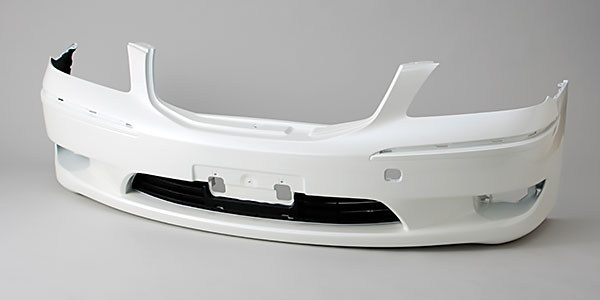Mobility Solutions
Providing unique materials, features, and services to help solve social challenges
and achieve sustainable business growth

Main Products and Affiliates
Materials business
Elastomers
Solutions Based on Elastomers
Ethylene-Propylene Terpolymer (Mitsui EPT™), Alpha-olefin copolymer (TAFMER™),
Liquid polyolefinic oligomer (LUCANT™)
Composite materials
Adhesive polyolefin (ADMER™), Thermoplastic olefinic elastomer (MILASTOMER™),
Engineering plastics (ARLEN™, AURUM™), PP compounds,
Metal/resin integral molding parts (POLYMETAC™), Unsaturated polyester (POLYHOPE™),
Molding compound (POLYMAL™ MAT)


Pick UpTAFMER™ : Alpha-olefin copolymer developed by our polymerization technology
TAFMER™ is used both as a soft molding material and as a resin modifier that dramatically improves resin properties. Its flexibility and lightness have resulted in TAFMER™ being used across a wide range of fields, including solar cell components, packaging materials, engineering plastic modifiers, sports shoes and automotive parts.
Currently, the solar cell market is expanding rapidly against the backdrop of the spread of renewable energy promoted by various national governments, and use of TAFMER™ as an encapsulant sheet for solar cells is expanding.

Solutions business
Affiliates
ARRK Group
For over 70 years ARRK has supported renowned customers worldwide in the development of their products. Our many years of experience and the stellar expertise of our specialists lead to innovative and competitve products that ensure our customers' success in the marketplace.
Our customers can count on innovation, dependability, and sustainability for smooth development of their products by our competences.
Kyowa Industrial Co., Ltd.
Kyowa Industrial Co., Ltd. aims to meet the demands of the worldwide market through mold manufacturing. We take pride in providing engineering services that are specifically tailored to each customer’s specific needs and goals.
We will continue to meet the needs of the manufacturing industry for lightweight and high strength products, and will make ongoing efforts to develop revolutionary new products utilizing our extensive network encompassing industry, government and academia.

